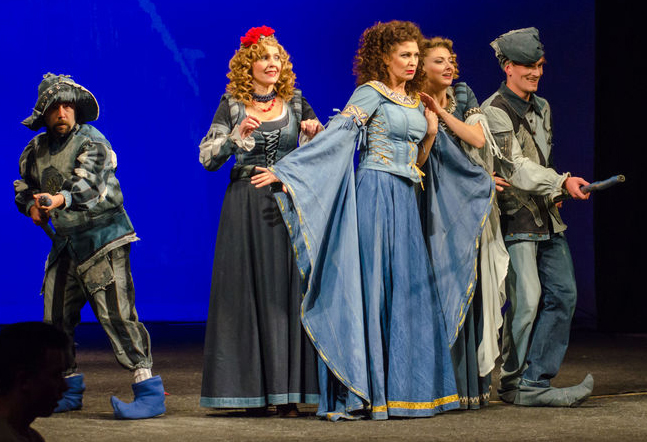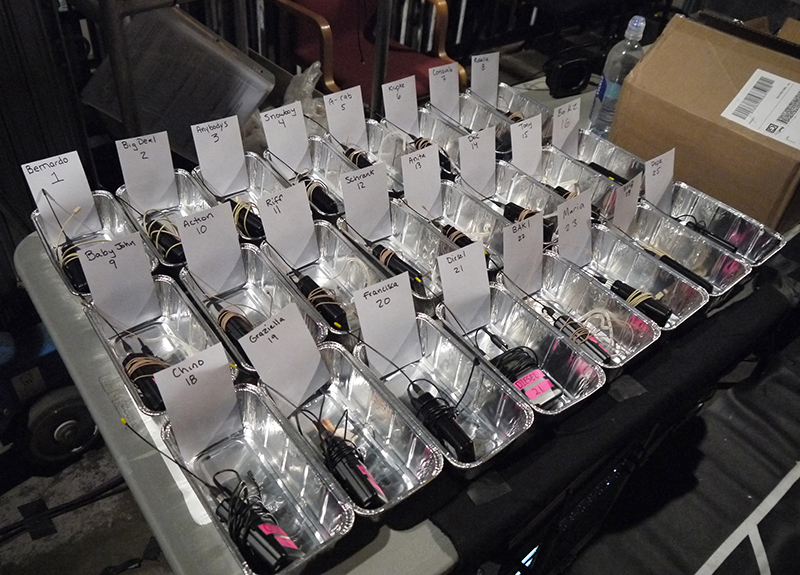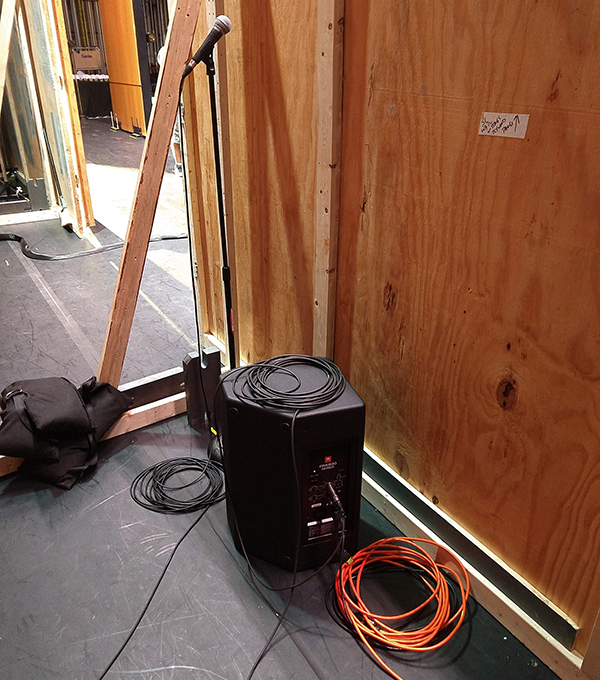
Theatre encompasses many artforms; when undertaking the design of a particular production, each run is unique and although a particular script may have been done before, the particular run that’s being undertaken has never been done, has very unique attributes, and will never be repeated or replicated ever again.
As a sound designer for the theatre, I approach every production in a similar manner; I read the script, consult with the creative team and create the sound design as if I have an unlimited budget. I’ve found that if I limit my creativity by approaching it from a budgetary standpoint, it can curtail the creativity, so in this way I just “create” and “dream” and then I find a way to achieve my design within the limits of the resources at hand.
This is an active design approach rather than a reactive one. The reason that I make this distinction is because when a designer just reacts to the needs of the storytelling, then the designer is more f a sound engineer, curtailing their creative and collaborative contribution to the production.
When designing sound for a musical, my goal is to create a contrast between the lyrics, music, and dialog so that each element can magically contribute to the overall storytelling. The lyrics and music work together to take the story out of reality and into a magical world, while the dialog provides the “through line” within which the magic of the lyrics and music can shine through.
In an effort to create the contrast between these three elements, the dialog should not be amplified, and only during musical numbers should wireless microphone systems be used. It’s also best to use as few mics as possible which reduces costs, raises the feedback threshold and thus, the lyrics can stand out and enhance the storytelling. Sound effects, carefully created, can magnify the environment of the story and give it energy and life.

I’ve found that it’s important to work with the musical director to provide feedback on how the orchestra is integrating into the production. I know that making suggestions to the musical director seems like it’s outside the jurisdiction of the sound designer but after many years of experience I’ve learned how to listen as an audience member, maintaining a certain objectivity.
The sound designer must always remain objective; never get attached to a particular idea or on something that you’ve spent many hours creating. When designing and creating, the designer must remember to always listen and think about what the design will sound like to ears that have never experienced the aural aspects of the production. If any aspect of the design does not contribute to the storytelling it should be cut or altered to be a seamless part of the storytelling.
Developing A Process
Like any public institution, we have to adhere to strict and limited budgets. At the beginning of each school year, the Theatre Department receives its budget, of which the sound department’s needs are an aggregate part. Most of the budget is used for sets, properties, costumes, lighting and other show specific supplies.
The sound portion is only enough to maintain and supply basic needs; large purchases have to be requested through a specific process and only if it serves the educational and operational needs of the college. To overcome the budgetary (and administrative) limitations, I’ve learned some methods to create some wonderful designs.

First, plan ahead. This takes patience and creativity, which means doing things such as buying parts of systems over time rather than the whole at once. For example, we’ll purchase the transmitter for a wireless system, and then on the next budget cycle, acquiring the receiver, followed by purchasing a second transmitter and using it with the one receiver.
Although having two transmitters for one receiver doesn’t double the channels, it does allow two singers to have a mic ready. With a bit of clever cueing and planning, one transmitter is on while the second is off and vice versa, thus increasing your flexibility. The difficulty with this method is that the processing of each voice is likely different, and with analog mixing this can be tricky.
